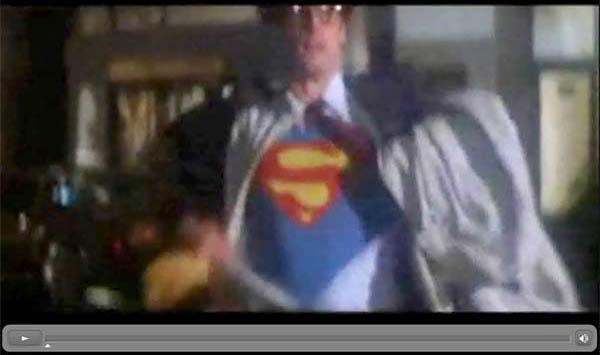
“With each mistake you make you lose a piece of your most precious asset: your credibility.”
How should an online publication handle corrections when it publishes a mistake? Should the error remain in the text but flagged? Corrected with an editor’s note? Or should the mistake be struck out?
This Flash screencast, Best Practices in Correcting Errors, looks at corrections policies at online publications, including CNET, the New York Times, Washington Post, Chicago Tribune and blogs like BoingBoing.
Producers: Laura Lo Forti, J.D. Lasica
Narration: Lisa Padilla
Format: Flash
Length: 4:22
Related
We noticed that the Washington Post doesn’t change a mistake made after publishing an article, but instead opts to append a correction at the top of stories, like this one.

Washingtonpost.com executive editor Jim Brady sent the following email explaining the reasoning for the online newspaper’s policy:
We handle corrections a few different ways, with the goal of each being to inoculate ourselves against the charge of whitewashing our errors. In the web world, as you know, when you change articles and don’t acknowledge it, people will notice and the conspiracy theories then begin. So we handle them in three different ways:
1) a non-essential typo (wrong verb tense, extraneous letters in a word, juxtaposed letters, etc.), we will just fix and not acknowledge.
2) an essential typo (a misspelled name, wrong dollar figure, etc.), we will fix the mistake in the article and add a correction at the top acknowledging the mistake and letting readers know we have fixed it in the story itself.
3) in cases where changing the article itself is either difficult or not a good use of limited resources, we will just append the correction to the top of the article and not fix the text itself. We do this for older articles, articles we’re no longer promoting or articles in which the correction would require a more significant rewrite than a simple typo. This way, the correction is there but we don’t have to spend time on rewrites or tweaking articles that aren’t getting any traffic.
